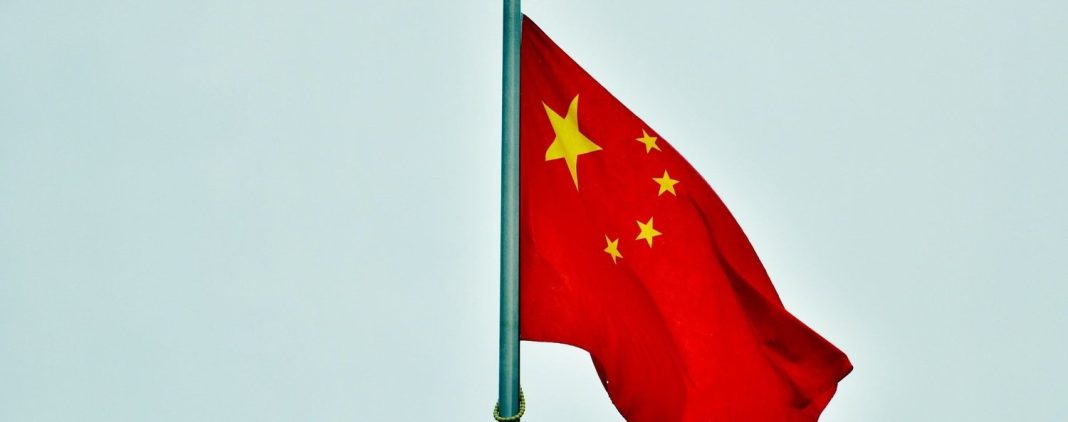Chapter 14 shifts back to a U.S. perspective on the last several years, noting that America could certainly stymie China’s ambitions for dominance of the international system—if the U.S. can summon the domestic political will to do so. Chapter 15 addresses the potential paths of the now-past 20th Party Congress and Xi Jinping’s prospects for retaining control of the CCP. Chapter 16 covers a variety of scenarios for the 2020s and early 2030s, ranging from optimal outcomes for each side to stalemates.
Chapter 17 addresses Rudd’s proposed framework of managed strategic competition. The whole idea can be boiled down to the concept that America and China together should bilaterally agree on what is and is not off-limits for competition in various arenas, with short shrift given to essentials like enforcement mechanisms and penalties beyond “large-scale retaliatory action.”[6] Rudd challenges detractors to come up with a better framework, which is fair, but even in the most generous reading, he does not satisfactorily address one key question: how does this end? Rudd does not account for the CCP’s relationship to historical study, with its Marxist objectivist notion that events, including military campaigns, proceed certain ways via identifiable scientific laws—and the danger posed when such laws point to CCP victory.[7] Navigating a fraught period is one thing, but Rudd never explicitly says what he thinks will happen to U.S.-China relations after Xi Jinping’s death or retirement. If this framework were truly the point of the text, an answer, as well as an evaluation of the moral costs to the US of maintaining peace with an actively genocidal and territorially aggressive regime, would greatly enhance the book’s meaning. Overall, this chapter feels tacked-on, and, unlike the rest of the book, suffers when Rudd adds detail.
This leads to a discussion of the weakness inherent to all books on current events in China: timeliness. Everyone who has studied modern China knows that books are often lagging indicators, and that the latest research is often obsolete within months of publishing. In this case, Rudd has—through no fault of his own—come on the scene after two major changes: the Shanghai lockdowns and the Russian invasion of Ukraine. Much of Rudd’s assessment of China’s appeal to the broader international community is built on the apparent superiority of its system in responding to the COVID-19 pandemic. In the eyes of the international community, this illusion was dashed on the rocks of last spring’s lockdowns in Shanghai and continued deteriorating, especially for the CCP’s domestic audience, through the end of “dynamic zero-COVID” policies. Meanwhile, China’s close relationship with Russia has become a greater liability post-Ukraine, especially in the context of Taiwan. Again, these oversights are hardly Rudd’s fault—but they alter the reader’s perspective on the text’s predictive aspects and make the historical elements seem more appealing by contrast.
All told, Kevin Rudd’s The Avoidable War is very much worth the time and effort. Through a series of missteps in execution, it takes Rudd a while to get the reader onboard with his topic. Once there, however, the information provided is valuable, and Rudd’s perspective from personal experience does give his words an air of authority in these matters. For those starting out on their journey to understand what is arguably the world’s most important contemporary competition, this book is a fine place to begin.










